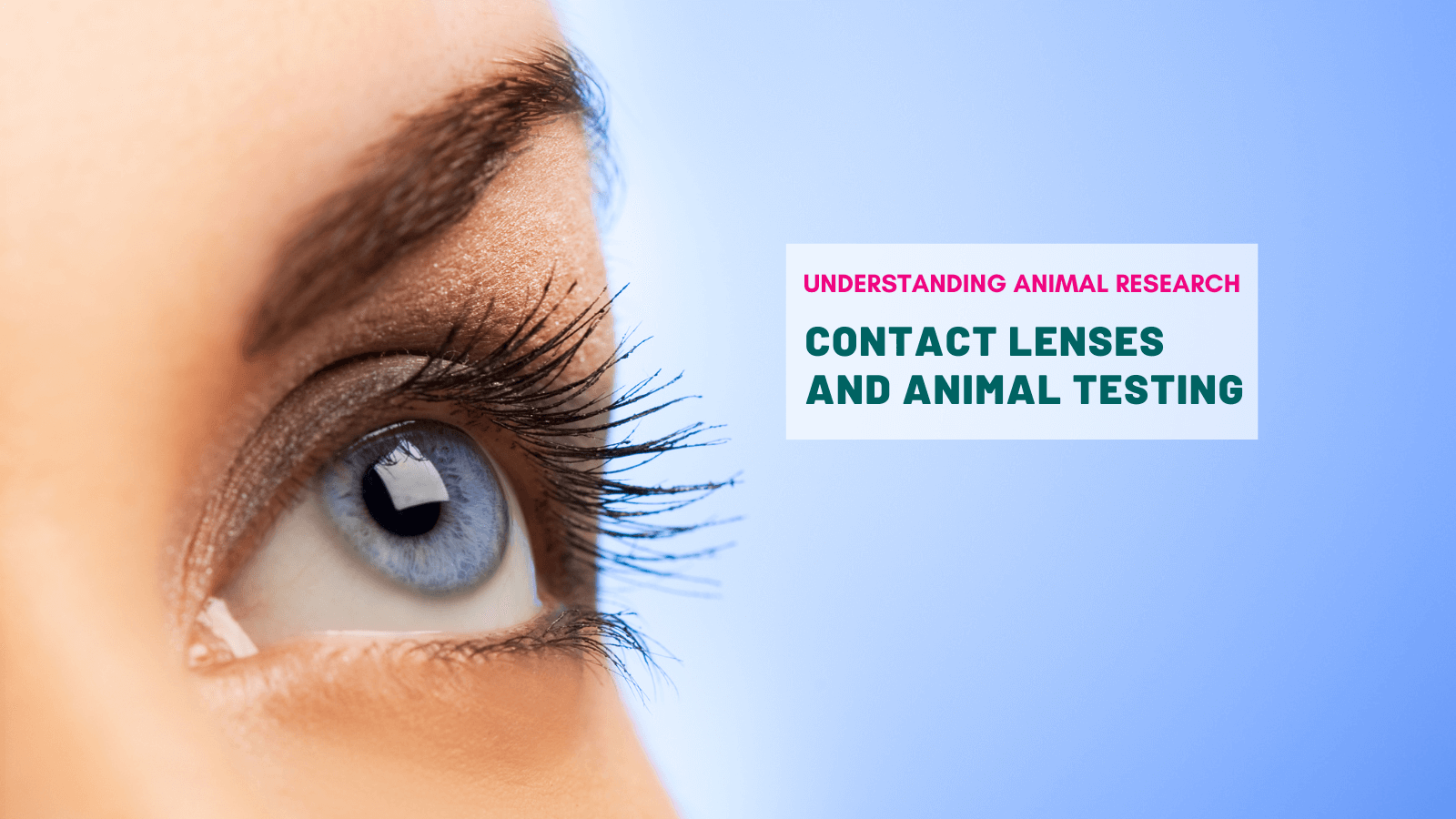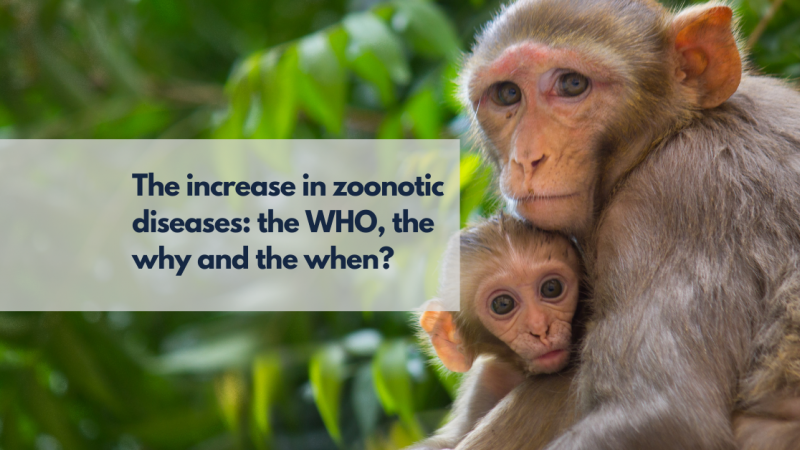
Are contact lenses tested on animals?
The materials that contact lenses are made out of have all been tested on animals and found to be safe for human eyes. The finished product of an individual brand might not be tested on animals if it’s for short-term use.
The longer you wear a contact lens, the more potential dangers there are, so the safety and testing rules for long or short-term use are different.
Medical device rules in the UK
Contact lenses are categorised as a medical device in the UK, as they modify the anatomy of the wearer. Medical devices are assigned different grades according to the risk they pose to their users, from Class I for low risk, to Classes IIa and IIb for medium risk, up to Class III for high risk.
Contact lenses as medical devices
Daily contact lenses are a Class IIa medical device (less risky) and contact lenses meant for longer wear are Class IIb.
Contact lens care products like cleaning solutions are Class IIb (more risky).
Safety testing of contact lenses
The International Standards Organisation, or ISO, is made up of official bodies from many different countries that work together to design safety studies. It combines scientific evidence and procedures to create guidelines. This ensures that the testing of medical devices is held to a rigorous standard.
The ISO standard operating procedures are informed by the principles of the 3Rs which require the replacement, reduction and refinement of the use of animals in research. For contact lenses and their care products (e.g. disinfectant solutions), it is important to determine whether they cause unsafe levels of irritation. Before resorting to animal tests, the ISO recommends that an in vitro alternative for toxicity be used. If in vitro testing shows high toxicity, there is no need to test the product on an animal: it is found to be dangerous and so it cannot be used. If it is safe in vitro then rabbit-eye testing is used to ensure that the product is safe to be used by humans.
Are contact lenses 'vegan'?
The short answer is no. As a medical device, contact lenses need to undergo safety testing before they can be used. The ISO guidelines on the rabbit-eye assay state that the procedure is meant for testing “novel contact lens material”. Previous research and testing results have been recorded, so materials and ingredients that were found safe in the past usually don’t require repeat testing. So contact lenses made with materials which were deemed safe in the past aren’t tested again. However, if new materials are used, then in vitro procedures and animal testing must be followed.
It should be mentioned that ‘cruelty-free’ cosmetics will also often contain substances that have been previously tested on animals. Certain materials have been in use for a considerable amount of time, before the ban on animal testing of cosmetics. In the UK, there has been a policy ban on animal testing of final cosmetics products and their ingredients since 1998.
All safe contact lenses materials have been tested on animals
Manufacturers claiming that their contact lenses aren’t tested on animals are using materials that have already been proven to be safe, but by using non-animal methods and existing data from previous animal tests.
An example of this is a company based in Scotland with their own laboratory which produces all their lenses and lens solutions. They don’t test their products on animals, because, as they said when contacted by a member of the public, the materials they use had already been approved for use in the past.
Last edited: 24 May 2023 09:50



